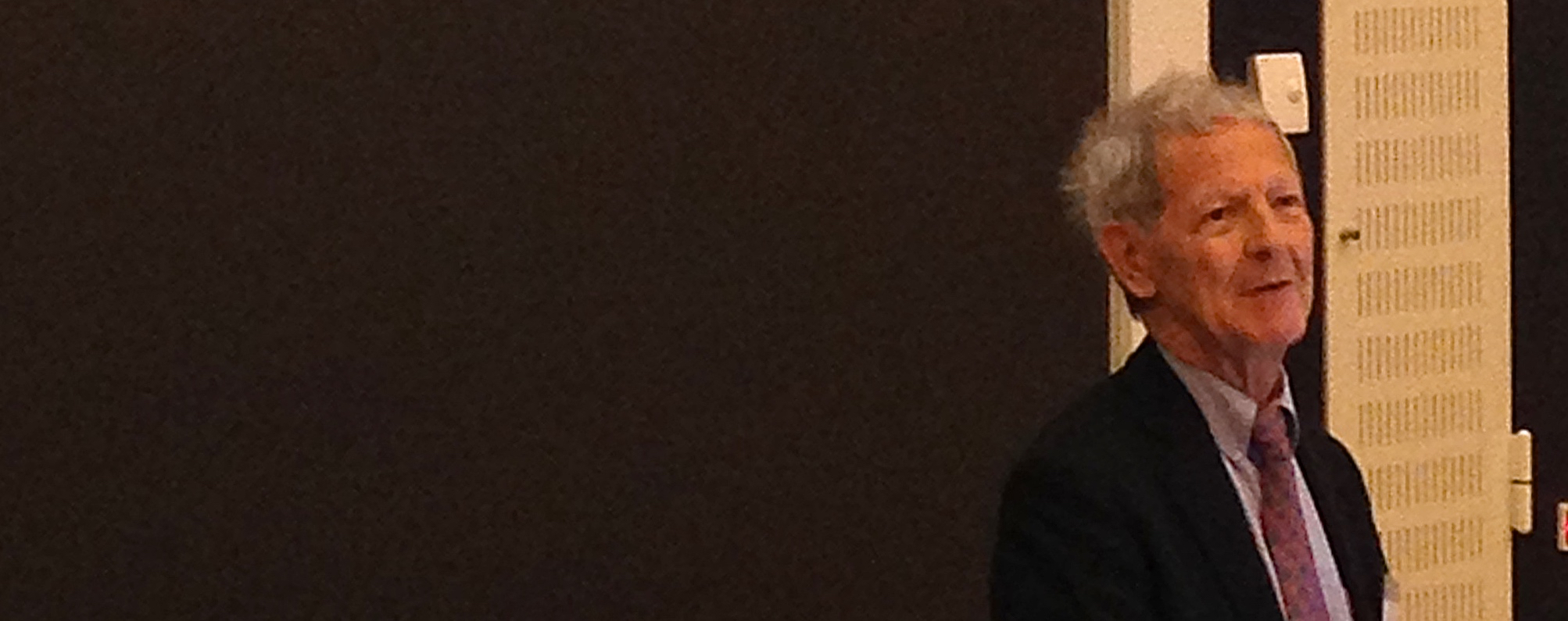In 1976 Walter Stahel and Genevieve Reday sketched the vision of an Economy in loops – a Circular Economy and its impact on job creation, economic competitiveness, resource savings and waste prevention. It was in the form of a research report to the European Commission in Brussels, called ‘The Potential for Substituting Manpower for Energy’. The report was later published in 1982 as a book “Jobs for Tomorrow, the Potential for Substituting Manpower for Energy”. And still today the factors from this report are commonly referred to as – the three pillars of sustainable development: ecologic, economic and social compatibility.
In 1982 the Product-Life Institute was formed as a not-for-profit, independent and virtual organisation domiciled in Geneva, Switzerland. It is the oldest consulting organisation on sustainable strategies and policies in Europe. With a main objective that is to open new frontiers of economic development towards a Performance Economy, which focuses on selling services / performance instead of goods in a circular economy, internalising all costs. To achieve this, it combines technical, system design and commercial innovation primarily within a regional economy and develops business models of remarketing goods (reuse), product-life extension of goods and components (e,g. remanufacturing and technological upgrading) in order to create local jobs, increase resource husbandry and prevent waste.
In a 1989 report to the Ministry of the Environment of Baden-Württemberg, Stuttgart, entitled Long-life goods and material recycling, Stahel demonstrated the competitive advantages of longer product-life strategies in a loop economy, compared to recycling, and the impact of appropriate industrial design. The three case studies of this report are still shown on the www.product-life.org website and have achieved the highest numbers of hits in the past.
Please visit the homepage of the ‘Godfather’ of the Circular Economy’ – at the Product Life Institut and see Stahels exciting work most of it from before the real rise and spread of the internet – and maybe therefore unknown to many?


